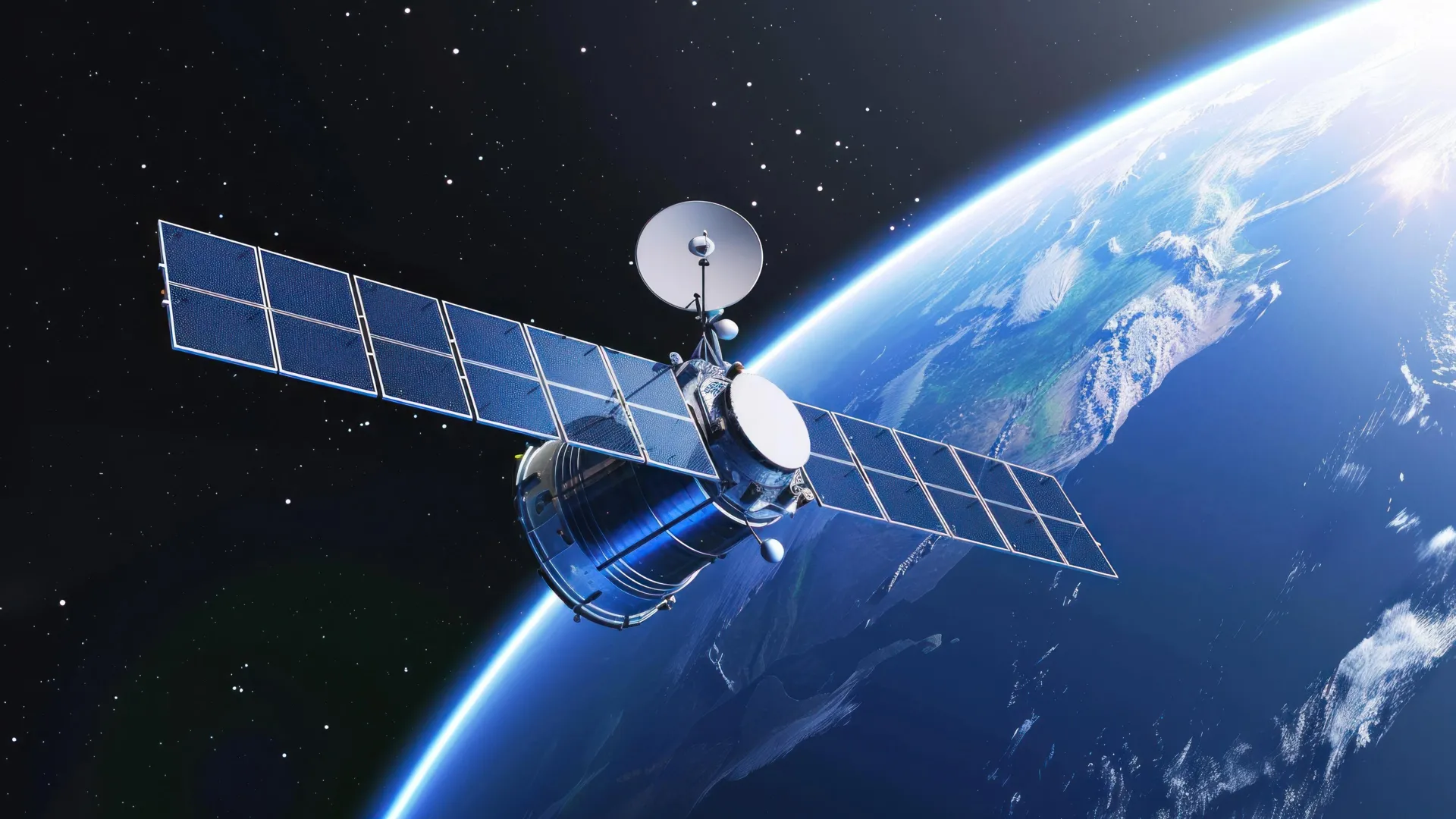UPDATE: A groundbreaking study released on November 5, 2025, reveals that the Southern Ocean is emitting significantly more carbon dioxide (CO2) during the Antarctic winter than previously believed. Researchers have confirmed a shocking 40% undercount in winter emissions, fundamentally altering our understanding of this crucial component of the global carbon cycle.
The research, led by the Chinese Academy of Sciences, specifically the Second Institute of Oceanography and the Nanjing Institute of Geography and Limnology, has utilized advanced laser satellite technology to pierce through the polar darkness for the first time. This technological leap allows scientists to observe the Southern Ocean’s winter CO2 exchange, which had remained largely a mystery due to extreme weather and lack of sunlight.
Historically, the Southern Ocean has been labeled the “largest source of uncertainty” in global CO2 flux calculations. The region’s complete darkness and harsh conditions have rendered traditional satellite measurements ineffective during winter months. This new study reveals that the Southern Ocean’s output of CO2 during this time is dramatically underestimated, with crucial implications for global climate models.
Using a laser-based satellite instrument known as LIDAR from the CALIPSO mission, researchers collected data over a span of 14 years. LIDAR technology, which employs its own light signals, allows for measurement even in conditions where passive sensors fail. This innovative approach has yielded the first comprehensive record of the Southern Ocean’s winter CO2 dynamics.
Prof. Kun Shi from the Nanjing Institute states, “Our findings suggest that the Southern Ocean’s role in the global carbon cycle is more complex and dynamic than previously known.” The study introduces a new “three-loop framework” to explain CO2 exchange variations across different regions of the Southern Ocean. This framework categorizes the ocean into three distinct loops, each influenced by various physical and biological factors.
The implications of this research extend beyond academic interest; they could lead to more accurate global carbon budgets, which serve as the backbone of climate projections used by organizations like the Intergovernmental Panel on Climate Change (IPCC). As climate change continues to escalate, understanding these emissions is critical for developing effective strategies to mitigate global warming.
This urgent discovery highlights the power of combining active satellite sensing with artificial intelligence, paving the way for new insights into Earth’s climate system year-round. With climate change posing a growing threat, this new data could prove vital in understanding and addressing the challenges ahead.
As the world grapples with the pressing implications of climate change, the need for accurate data has never been more essential. Researchers and policymakers alike will need to reassess their strategies in light of this newly revealed information, which underscores the Southern Ocean’s significant, yet previously underestimated, role in the global carbon cycle.
For ongoing updates on this developing story, stay tuned.







